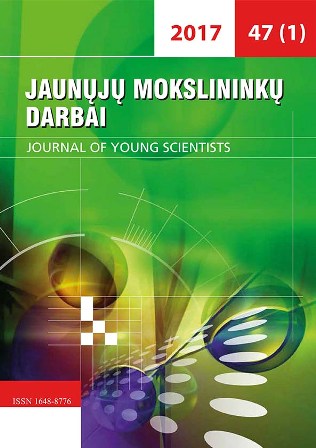EUROPOS SĄJUNGOS INSTITUCIJOS KAIP REGIONINĖS TARPTAUTINĖS VISUOMENĖS STRUKTŪROS DALIS
EUROPEAN UNION INSTITUTIONS AS PART OF THE REGIONAL INTERNATIONAL SOCIETY STRUCTURE
Author(s): Vytautas IsodaSubject(s): International Law, Human Rights and Humanitarian Law, Diplomatic history, Recent History (1900 till today), International relations/trade, 19th Century, EU-Accession / EU-DEvelopment
Published by: Vilniaus Universiteto Leidykla
Keywords: European Union; international institutions; regionalism; Westphalian state system;
Summary/Abstract: The totality of cross-border interactions in Europe in scholarly literature on international relations is often defined as “regional international society”, i.e. a social system of a smaller scale than global international society. From the sociological standpoint, social systems (or societies) consist of institutionalized practices. Among these practices there are primary institutions, which define and constitute types of actors and types of actions, and secondary institutions purposefully established by the same actors. Sovereignty, territoriality, international law, diplomacy, the balance of power, conflict resolution and a few other are the oldest primary institutions of the Westphalian state system in and outside Europe. The newer ones, such as human rights and democracy, incrementally evolved in the 19-20th century and supplement the existing Westphalian system. The aim of this study was to identify the primary international institutions of the European Economic Community (now the European Union) which was created after WWII as well as to evaluate the compatability of the new institutional order with that of the Westphalian model. The author examined the functioning of such primary institutions as supra-nationalism, subsidiarity, harmonization and micro-regionalism and drew the conclusion that the newest EU institutions are in conflict with the Westphalian ones and create new types of international actors, supranational as well as subnational, that are already recognized as peers among states within the context of diplomacy, international law and international trade. How the latent inter-institutional tensions will be solved in the future will depend not only on EU member states but also on countries outside it forced to coexist with the EU in the Westphalian world.
Journal: Jaunųjų mokslininkų darbai
- Issue Year: 2017
- Issue No: 1 (47)
- Page Range: 36-44
- Page Count: 9
- Language: Lithuanian

